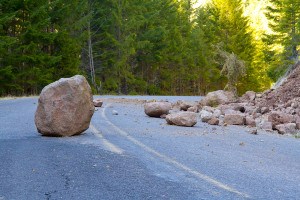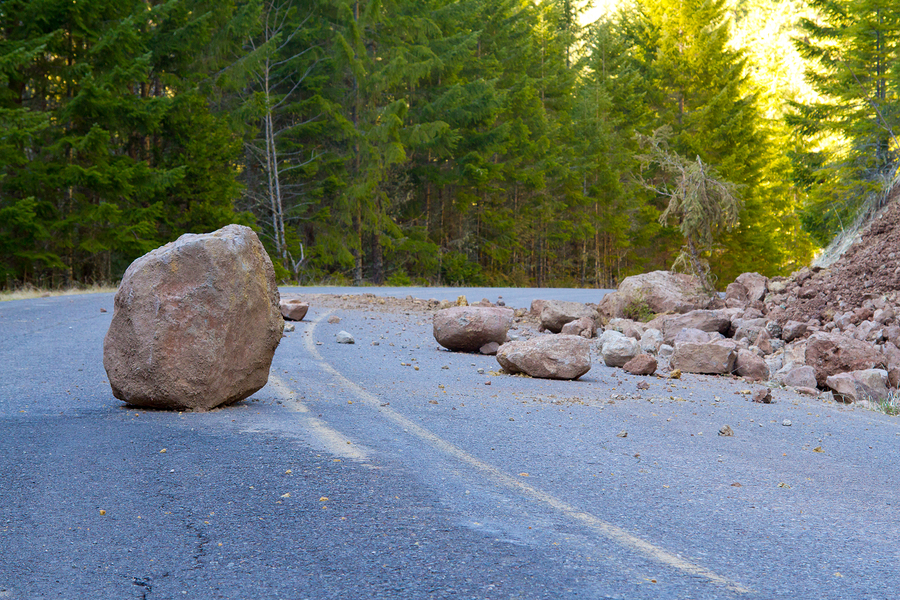Between 2011 and 2014, road debris caused more than 50,000 car accidents in the U.S. each year, according to a report released this summer by the AAA Foundation for Traffic Safety.
Because the figure is based on police-reported incidents, it is likely there are many more unreported debris-related crashes.
The report divided debris-related crashes into three types:
- A vehicle that struck or was struck by an object that fell from another vehicle.
- A vehicle that struck a non-fixed object in the travel lane of the roadway.
- A vehicle that attempted to avoid a non-fixed object in the travel lane of the roadway and subsequently crashed.
According to the author, Brian C. Tefft, senior research associate for the Foundation, for purposes of the report, “Crashes that involved live animals, trees falling onto vehicles, debris associated with a recent previous crash, construction-related debris in work zones, or debris outside of the travel lane were not counted as debris-related crashes.”
 The study found that vehicle-related debris was involved in 36 percent of Type 2 crashes and 94 percent of Type 3 crashes. Vehicle-related debris included wheels, tires and other parts that detached from one vehicle and struck another. The report found that other crashes involved cargo, like sofas and appliances that fell onto the road. Fallen trees or branches were the main sources of non-vehicle-related debris.
The study found that vehicle-related debris was involved in 36 percent of Type 2 crashes and 94 percent of Type 3 crashes. Vehicle-related debris included wheels, tires and other parts that detached from one vehicle and struck another. The report found that other crashes involved cargo, like sofas and appliances that fell onto the road. Fallen trees or branches were the main sources of non-vehicle-related debris.
The reported crashes resulted in 9,805 injuries and 125 deaths each year.
The report stated that “compared with crashes that did not involve debris, debris-related crashes were approximately four times as likely to occur on interstate highways.” This is likely the result of high speeds which tend to increase the likelihood of spilling cargo onto the roadway, the report suggested.
The report also found that compared with all drivers involved in crashes, drivers who struck or were struck by debris were approximately 20 percent more likely to be men.
Was this article valuable?
Here are more articles you may enjoy.


 Fortune 500’s Insured Losses for CrowdStrike Could Reach $1 Billion: Parametrix
Fortune 500’s Insured Losses for CrowdStrike Could Reach $1 Billion: Parametrix  U.S. Severe Storms Continue to Drive Global Natural Disaster Losses: Gallagher Re
U.S. Severe Storms Continue to Drive Global Natural Disaster Losses: Gallagher Re  ‘Surface Waters’ on Roof Are Not ‘Flood’ Waters, Massachusetts High Court Rules
‘Surface Waters’ on Roof Are Not ‘Flood’ Waters, Massachusetts High Court Rules  Amazon Worker Injured Due to Repetitive Tasks Loses Workers’ Compensation Bid
Amazon Worker Injured Due to Repetitive Tasks Loses Workers’ Compensation Bid 